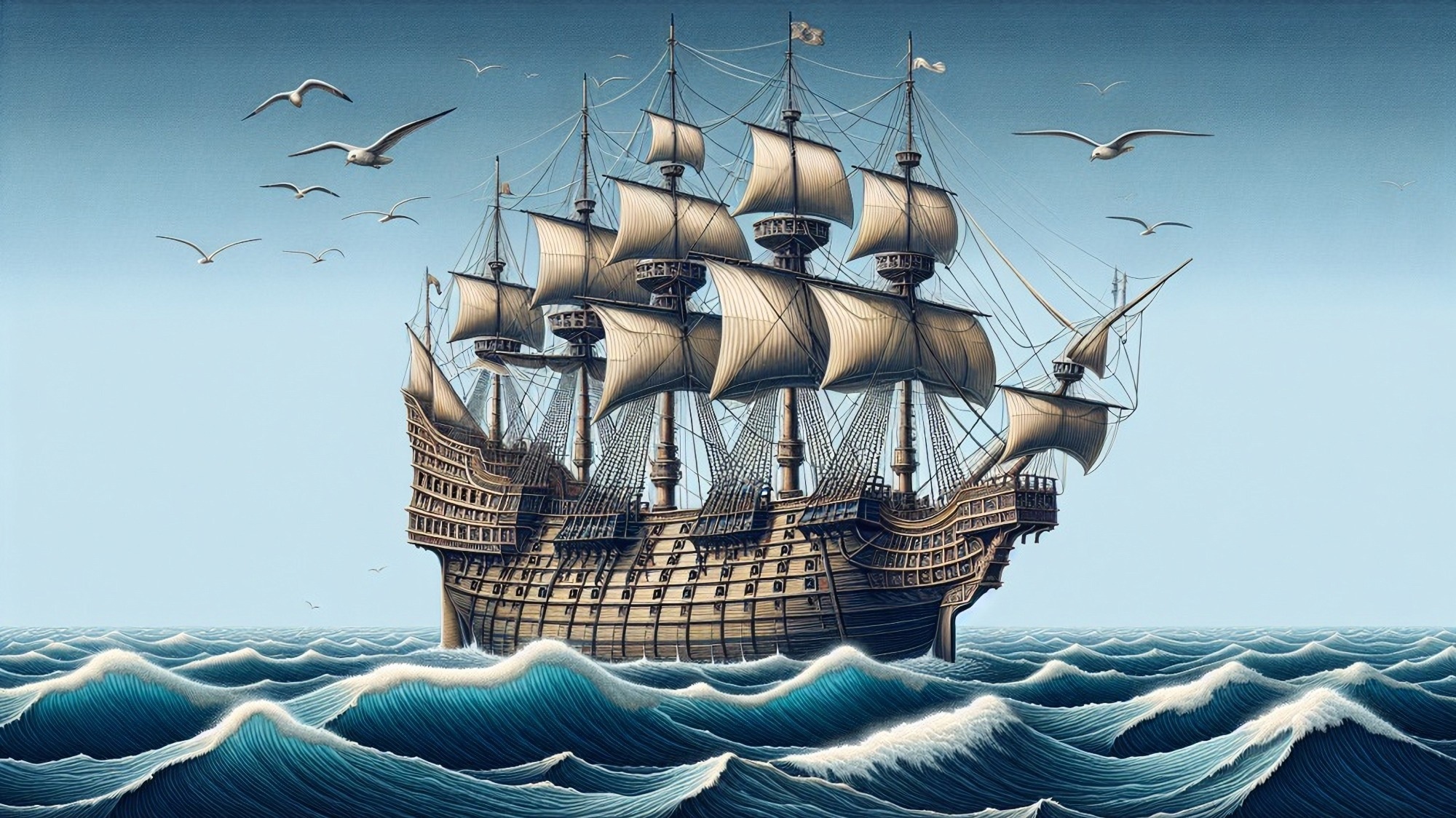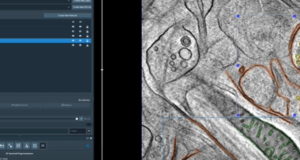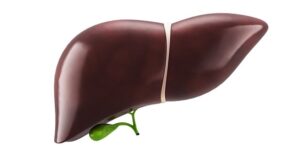How the clavicle chemistry of Tudor sailors unearths new insights into aging and the physical demands of life aboard the Mary Rose.
 Study: Shining light on the Mary Rose: Identifying chemical differences in human aging and handedness in the clavicles of sailors using Raman spectroscopy. Image Credit: Shutterstock AI / Shutterstock.com
Study: Shining light on the Mary Rose: Identifying chemical differences in human aging and handedness in the clavicles of sailors using Raman spectroscopy. Image Credit: Shutterstock AI / Shutterstock.com
In a recent study published in the journal PLOS One, researchers investigated the clavicle bone chemistry of sailors who died on Mary Rose, the flagship of Tudor king Henry VIII.
What was the Mary Rose warship?
Mary Rose, one of Henry VIII’s largest warships, sank during the Battle of Solent in July 1545. In October 1982, the remaining hull of Mary Rose was brought to the surface as part of a four-year excavation that recovered partial remains of at least 179 individuals and thousands of objects.
Layers of soft sediment accumulated over the wreck due to the Solent tides, creating an anaerobic environment that remarkably preserved skeletal material and artifacts. Ninety-eight individuals, all of whom were men between 10 and 40 years of age, were partially reconstructed from over 9,000 bones.
About the study
In the present study, researchers used Raman spectroscopy to investigate the clavicle bone chemistry of individuals who died on the Mary Rose. They obtained clavicle bones belonging to 12 individuals from the Mary Rose Trust.
These individuals were stratified into three age groups: 13-18, 18-30, and 30-40. All bones were found within the hull and represent the crew aboard the ship.
Spectra were obtained using a Raman microscope with a 785 nanometer (nm) laser of 0.2 millimeter (mm) spot size. The spectral range was between 1,704 cm-1 and 594 cm-1.
Overall, 336 spectra were acquired along the clavicular anterior surface. Data were baseline-corrected before vector normalization and analyzed using principal component and linear discriminant analyses to examine changes in clavicle bone chemistry with aging.
Output included scores plots, which revealed trends between classes, and loadings that discerned the chemical(s) responsible for any observed trends. Initial ratios of 960 cm-1:1,450 cm-1 were calculated to determine collagen preservation. Mineral-to-protein and intra-mineral-to-carbonate ratios were also measured.
Study findings
All measurements were acquired from the clavicular cortical bone; therefore, they were similar in their composition. Due to the high level of consistency observed in the chemical trends, specific chemical contributions to score plots were not always discernible. Collagen quality was estimated at 8.01, thus indicating good protein preservation in samples.
When measurements were analyzed by age, the age groups were segregated and exhibited significant overlap. However, separate averages revealed a change in clavicle chemistry with aging.
Loadings indicated that these changes were primarily due to phosphate. The oldest group exhibited the highest phosphate levels, whereas the youngest and middle groups had less but similar phosphate composition patterns.
Changes in carbonate were also evident, with the oldest group exhibiting the highest intensity, followed by the youngest and middle groups. Changes in proline and amide III were less intense. The intensity of proteins decreased with aging.
The phosphate-to-carbonate (P:C) ratio did not significantly change with aging. However, an increasing pattern in P:C ratios was observed from the youngest to middle groups, whereas a reducing pattern was observed from the middle to oldest groups.
The phosphate-to-amide III (P:A) ratio increased with aging. Overall, minerals increased with age, whereas protein levels decreased.
In the analysis by age and side, the aging pattern mirrored on each side, with the youngest group segregated from the other groups. This pattern was more pronounced in the right clavicles.
The loadings indicated that changes in both clavicles were due to carbonate and phosphate.
The oldest group consistently exhibited the highest phosphate and carbonate levels on both sides, whereas the younger and middle groups had lower but similar intensities. Significant changes with age were observed for amide III on both sides, with the youngest group exhibiting the highest intensity, followed by the middle and oldest groups.
Changes in amide I were evident for the right clavicle, with its intensity decreasing with age. Changes in the P:C ratio with age were similar on both sides, increasing from the youngest to the middle groups and reducing in the oldest group. Comparatively, the P:A ratio increased with age on both sides, which was more pronounced from the middle to the oldest groups.
Conclusions
The study findings highlight that protein was well preserved in the skeletal remains of sailors of the Mary Rose. Bone minerals increased with age, whereas protein levels decreased. Moreover, the increase in minerals was more pronounced than the reduction in protein.
The right clavicle exhibited more profound changes with aging, which could be due to increased bone turnover from external biomechanical stress. Handedness may have also influenced bone chemistry patterns; however, future studies are needed to confirm the causes of these patterns.




